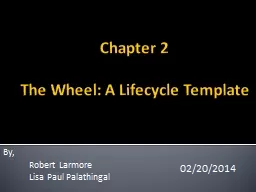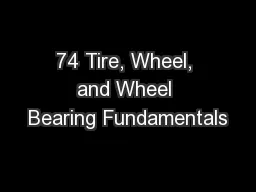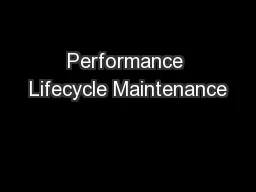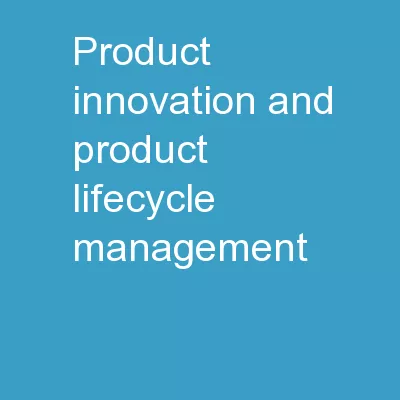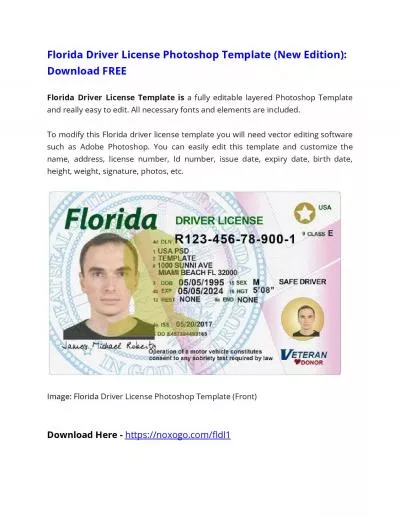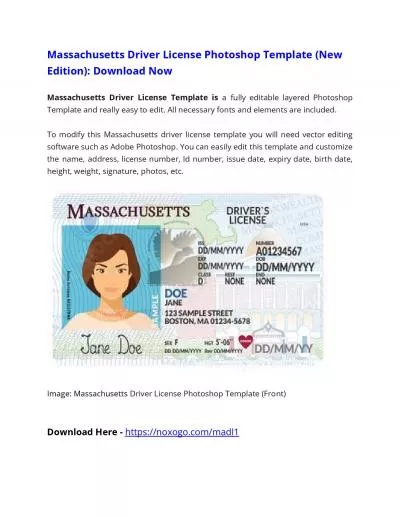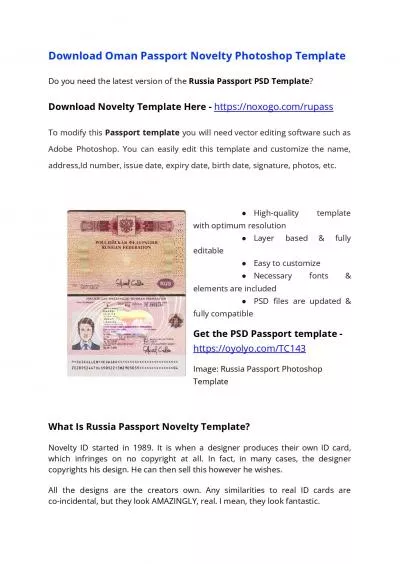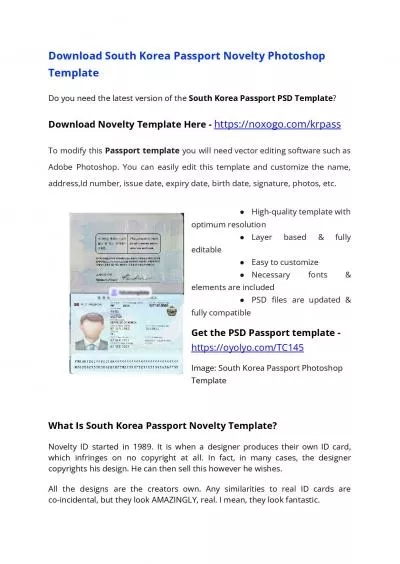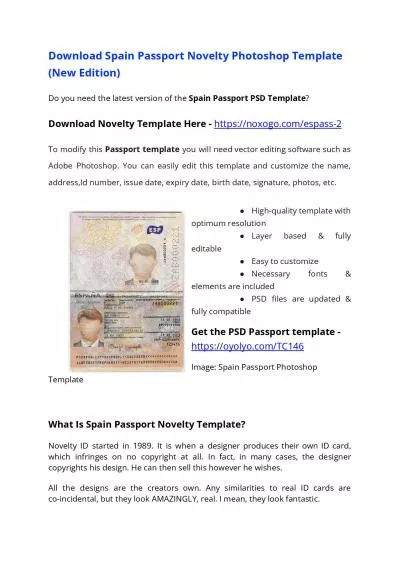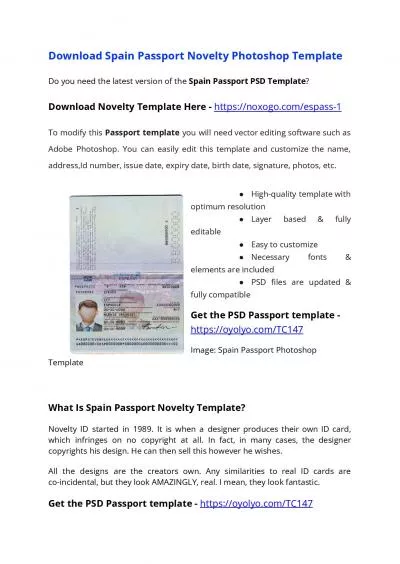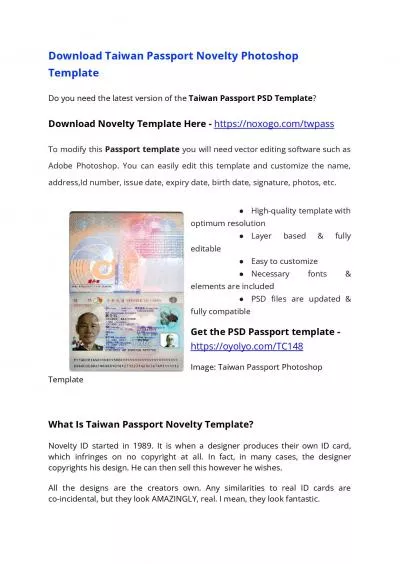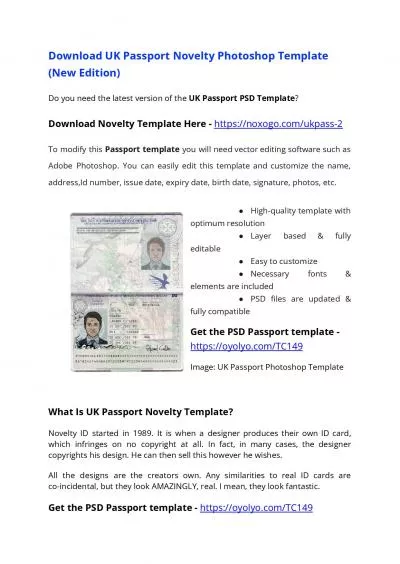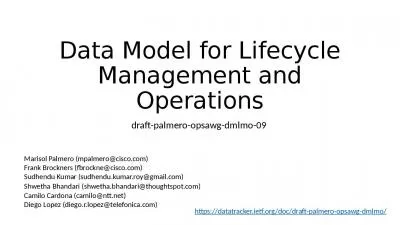PPT-Chapter 2 The Wheel: A Lifecycle Template
Author : debby-jeon | Published Date : 2018-10-06
By Robert Larmore Lisa Paul Palathingal 02202014 Introduction Iterative evaluationcentered UX lifecycle template Iterative Process All or part is repeated
Presentation Embed Code
Download Presentation
Download Presentation The PPT/PDF document "Chapter 2 The Wheel: A Lifecycle Templa..." is the property of its rightful owner. Permission is granted to download and print the materials on this website for personal, non-commercial use only, and to display it on your personal computer provided you do not modify the materials and that you retain all copyright notices contained in the materials. By downloading content from our website, you accept the terms of this agreement.
Chapter 2 The Wheel: A Lifecycle Template: Transcript
Download Rules Of Document
"Chapter 2 The Wheel: A Lifecycle Template"The content belongs to its owner. You may download and print it for personal use, without modification, and keep all copyright notices. By downloading, you agree to these terms.
Related Documents

